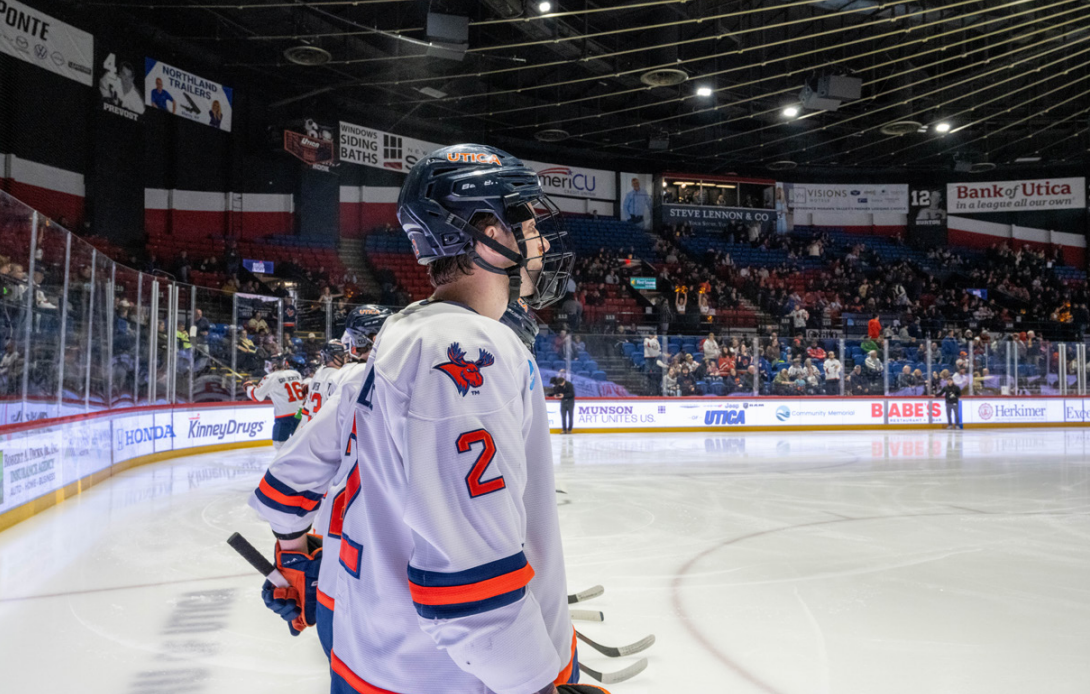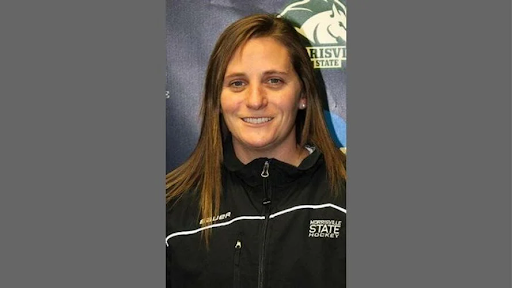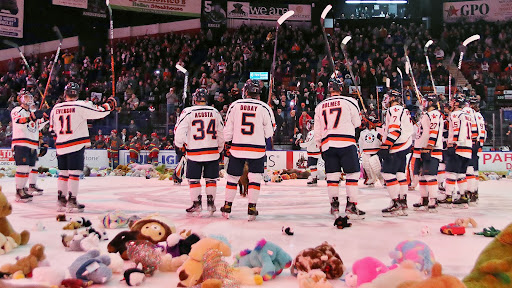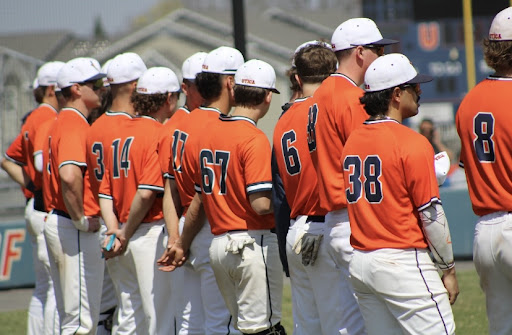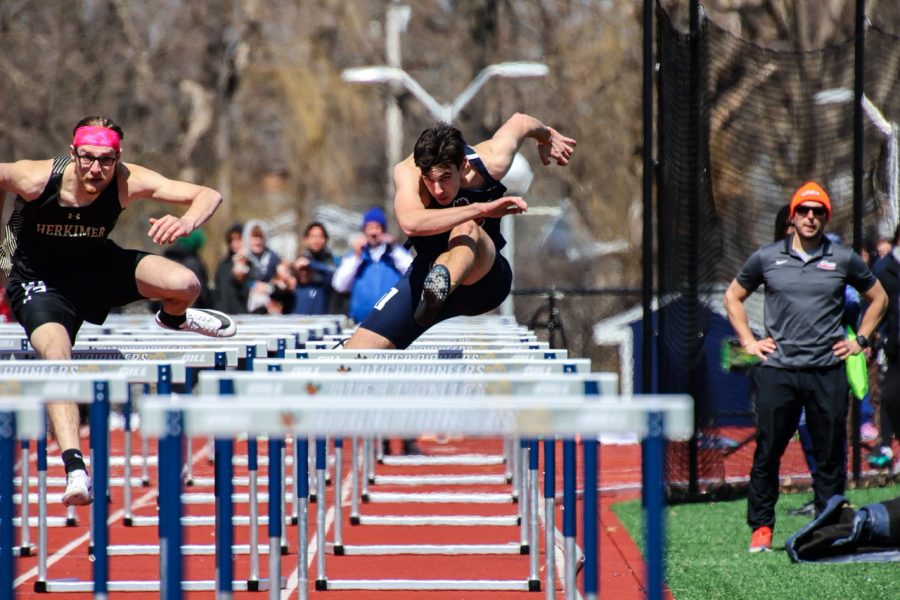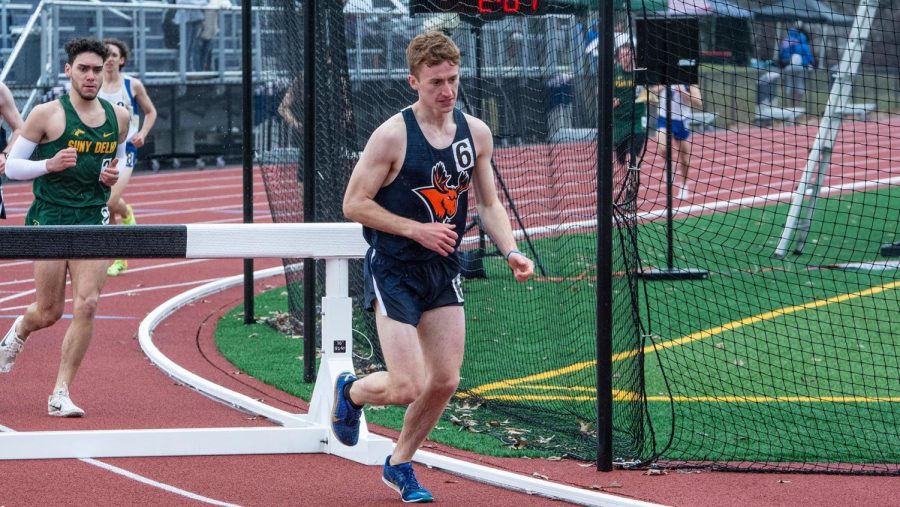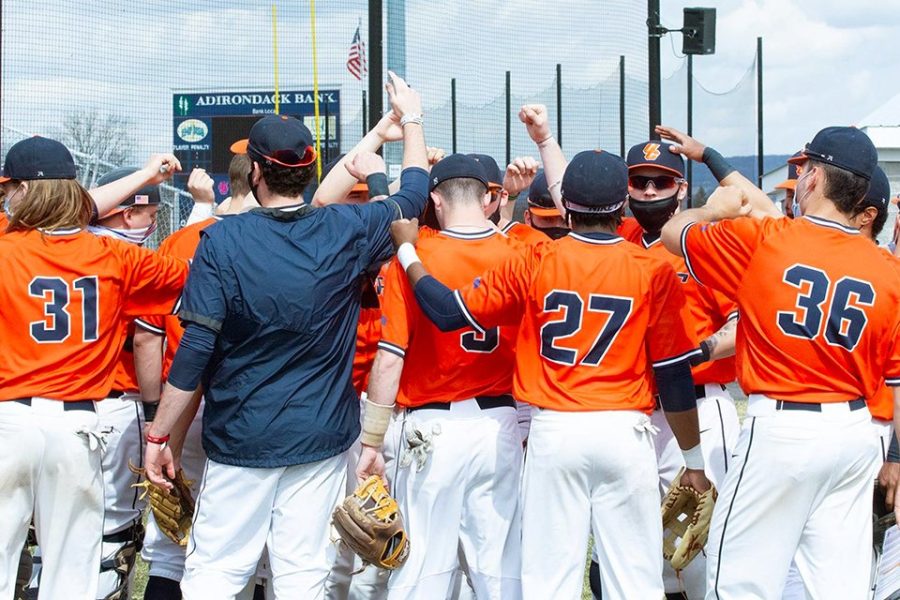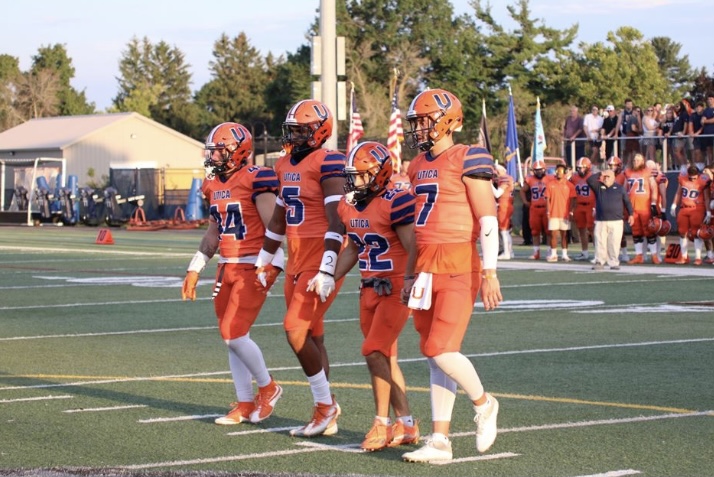It was only a few months removed from when the Tampa Bay Lightning won the Stanley Cup in September, defeating the Dallas Stars in six games. In a different playoff format than usual, due to the pandemic, the playoffs were set in hub cities including both Toronto and Edmonton.
After the success of the playoffs, primarily due to the absence of COVID-19 cases, the NHL and the players association opted to spread the league to its usual locations across North America but kept teams in strict playing divisions. In these divisions, the same seven-to-nine teams will play each other throughout the season, with cross-divisional play being restricted until the playoffs.
The divisions consist of the North Division; occupying teams from Canada only, the Central Division; including a mixture of teams from the midwest and the southern portions of the United States, the West Division; with teams from the west of the United States and vice versa with the East Division.
With no preseason games this season, the NHL and the NHLPA agreed on a 56-game regular season. No comments have been made about the format of the postseason, though it is clear that the top four teams from each division will qualify for the playoffs with the first seed and the fourth seed matched up in the playoffs, while the remaining second and third seed will play each other.
At this moment in time, it is still unclear whether the NHL and league commissioner Gary Bettman will elect for the hub city format for this year’s postseason, but the chances of it happening still remain high.
Other organizational changes include the addition of team sponsorship logos being added to players’ helmets. Also, as was the case with the playoffs, no spectators will be allowed aside from limited attendance for teams such as the Florida Panthers, Lighting, Arizona Coyotes and the Stars. Other teams looking to profit on fan revenues are currently turning to public health officials and the NHL for approval.
In case of emergency, which is influenced by COVID-19 protocol, the league will set up arenas for neutral sight venues. Each team is allowed a taxi squad of four-to-six players who will be able to practice and travel with the team if necessary.
NHL Draft
The stage was also set for the current season with a slew of offseason moves, starting with the NHL Draft in early October. The draft was held in New Jersey this season with no in-person attendance. As with recent trends in the past decade with the league, the NHL inducted another lottery for this year’s draft with the New York Rangers selecting first overall.
With that pick, the Rangers selected QMJHL forward and highly-touted prospect Alexis Lafreniere. The selection was followed by the selection of Canadian center Quinton Byfield to the Los Angeles Kings and then German forward Tim Stutzle to the Ottawa Senators, who had an impressive World Junior Championship display in December.
At the moment, Stutzle leads the top three picks in scoring with four goals and two assists in 12 games.
Trades and Free Agency
In the market, only nine trades have happened since Oct. 12, headlined by a blockbuster deal between the Columbus Blue Jackets and the Winnipeg Jets. The Jackets sent young center Pierre Luc-Dubois, who made it clear to the team and media that he wanted out of Columbus, for a return of Patrik Laine and Columbus-native, Jack Roslovic.
A wealth of free-agent signings have occurred within the offseason period, however, with veteran goalies Braden Holtby, Henrik Lundqvist and Matt Murray moving to different teams. Though Lundqvist did sign with the Washington Capitals, heart surgery kept him off the ice and eventually forced him into retirement. Players such as 43-year-old Zdeno Chara, Corey Perry, Mike Hoffman and Alex Galchenyuk all found new teams.

The Lightning, the defending Stanley Cup champions, opted to resign a few players critical to their success last season, including Mikhail Sergachev, Erik Cernak and Anthony Cirelli.
Expansion
The league has expressed interesting in expanding its reach to west coast markets, especially with the success of the Kings, Vegas Golden Knights, San Jose Sharks and the Anaheim Ducks in the past decade.
Specifically, the NHL has targeted Seattle as its destination, and in 2018, the decision to put a team in that market was made official, with an investment from majority owners with the Seattle Expansion Group, David Bonderman, Jerry Bruckheimer and Tod Leiweke.
Fast forward to this past year, Seattle announced the team name Kraken, revealed the team jerseys, colors. Next season, the league will host another expansion draft, forcing teams to expose players from their current roster for the Kraken to select.
The team will also play at Climate Pledge Arena, a $980 million investment with naming rights being bought by Amazon in June of last year. As the name suggests, the arena will be the first zero-carbon stadium in the world that will be powered by renewable energy.
Current Standings
The race for the playoffs began when the shortened season started. Currently, playoff rivals, the Toronto Maple Leafs and the Boston Bruins lead the league standings. Although the Buffalo Sabres invested in former MVP Taylor Hall in the offseason, the team only has 10 points in the standings, only better than the Senators and the Detroit Red Wings, who are placed last right now.




































































































































